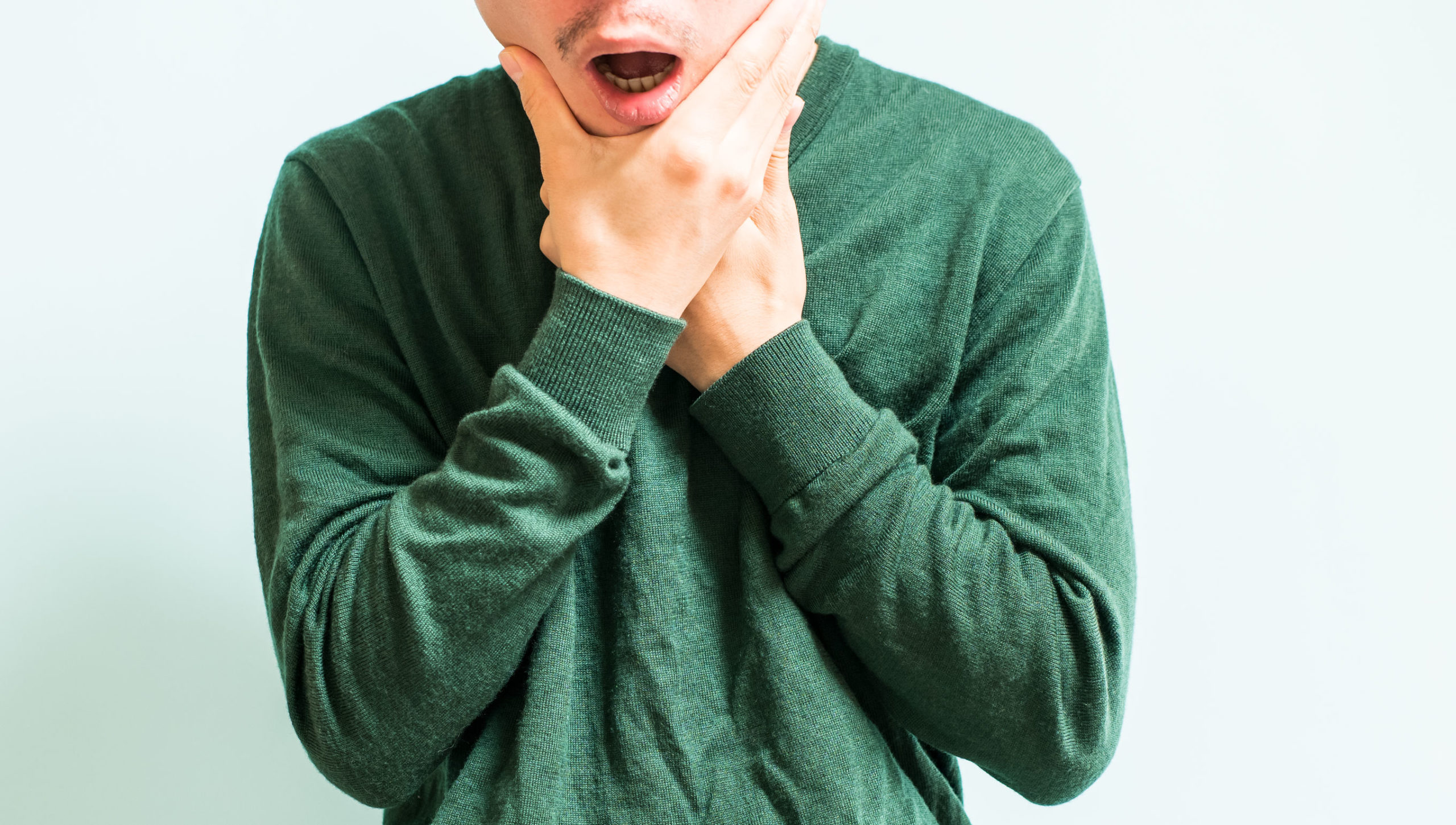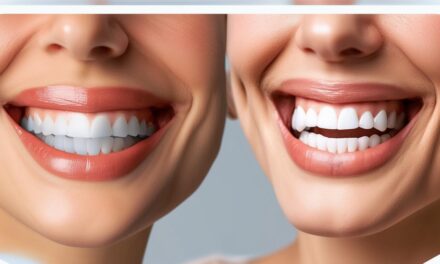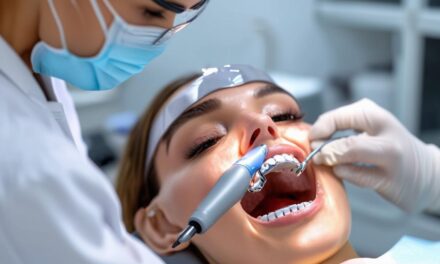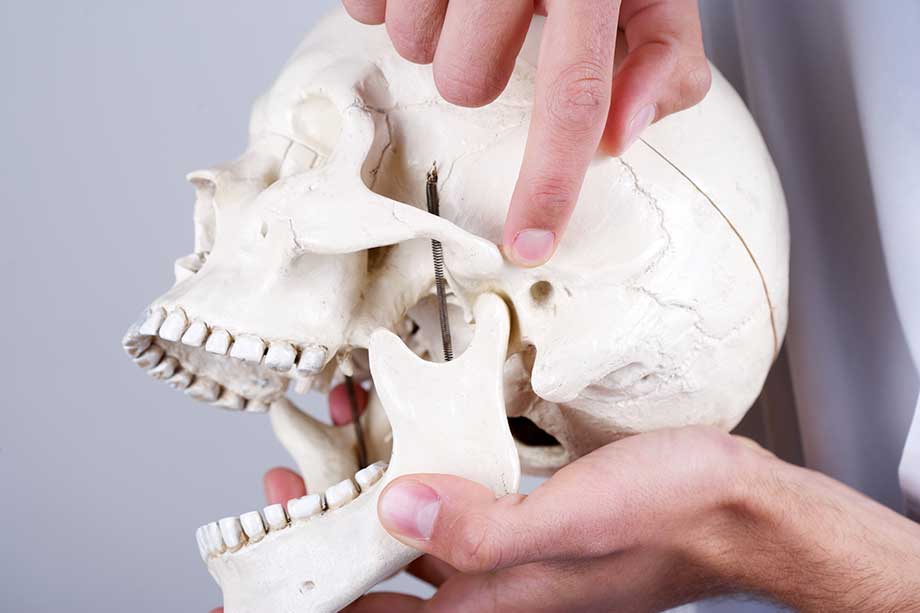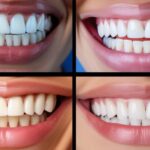Jaw pain can detract from your enjoyment of life. Distracted by the discomfort, you may find yourself unable to focus at work or enjoy your time off. The good news is pain caused by temporomandibular joint dysfunction (TMJD) is treatable — even if it isn’t curable. As Natalia Vapniarsky and Le W. Huwe, first co-authors on a recent article in Science Translational Medicine write, TMJ treatment options are “palliative but not reparative.”
TMJ pain is not uncommon. According to the National Institutes of Health, the disorder affects over 10 million Americans. Again, the good news is that you can reduce the painful symptoms of TMJ with the right treatment. In this brief guide, we walk you through the basics of temporomandibular joint dysfunction, including:
- The causes and symptoms of TMJ.
- The long-term effects of TMJ.
- Treatment options for TMJ.
What is TMJ Disorder?
The American Chronic Pain Association provides a great working definition of TMJ: The disorder refers to a complex “set of conditions that can cause pain in the area of the jaw joint and associated muscles and/or problems using the jaw.”
In other words, there are a variety of causes of TMJ that we will jump into below. No matter the cause, the long-term effects of TMJ can be detrimental. The ACPA goes on to say that TMJ “can affect a person’s ability to speak, eat, chew, swallow, make facial expressions, and even breathe.”
(Remember, even though the formal name for this disorder is TMJD, many patients and practitioners simply refer to the condition as TMJ or TMD.)
A study by Dr. Saeed Mohammed Al-Gadhaan and cohorts finds that despite the fact that TMJ disorders are prevalent, most people who have TMJ are not even aware that they have it. We want to help patients identify the causes and symptoms of TMJ so that they can get the help that they need.
Misalignment with your temporomandibular joints (the two joints on either side of your mouth connecting your jaw to your skull) can have drastic effects. “These joints are located on either side of your mouth and act as a sliding hinge that attaches the jaw to the skull and allows the mouth to open and close,” the Turo Family Chiropractic Clinic explains.
“This makes the joint important [for] everyday things that involve opening and closing your mouth, like chewing, talking and yawning.” Simply put, having these joints — and your jaw — in the correct position is foundational to oral health, not to mention pain-free enjoyment of life.
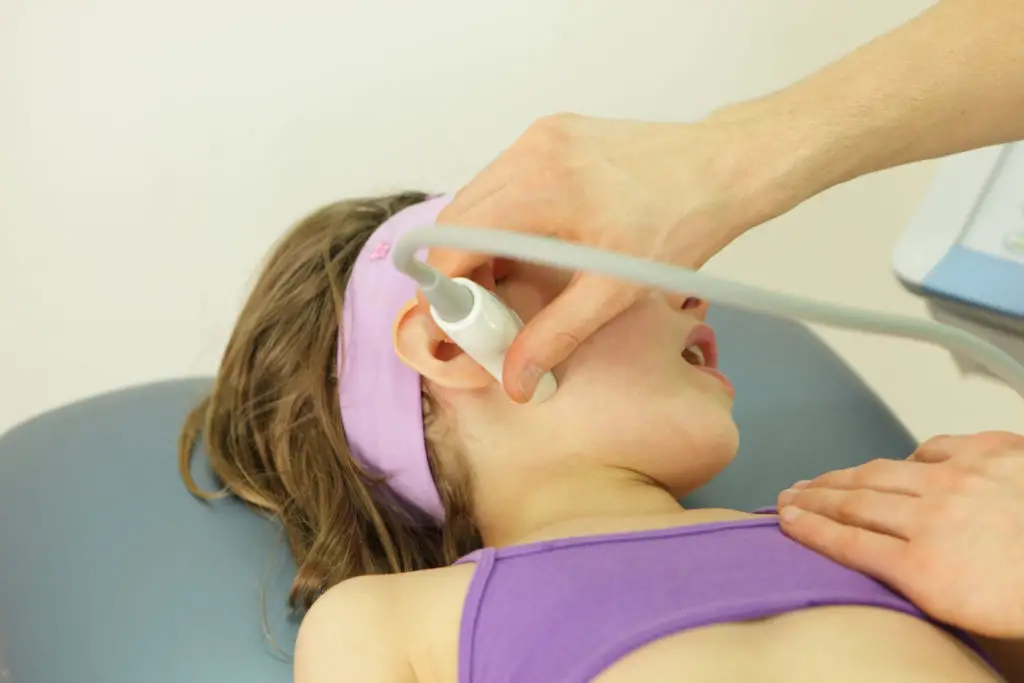
Getting to the Bottom of TMJ: Causes & Symptoms
The causes of a TMJ disorder are complicated because the temporomandibular joint is complicated — it’s connected to many parts of your body. “The muscles of the TMJ run along your jaw and cheeks, and sometimes these muscles can cause pain — even headaches,” medical writer Jaime Herndon at Healthline writes. “When the muscles in your jaw tense up — like when you grind your teeth — the pain can spread to other TMJ muscles alongside your cheeks and on the sides and top of your head, causing a headache.”
Dr. John Bridger answered a Quora question about TMJ by writing that the disorder is typically caused by one of two things: stress-induced grinding of the teeth, or malocclusion (a misaligned jaw).
In other words, TMJ pain may be caused by anything that causes your jaw to tense up or be misaligned — bruxism, trauma, an improper sleep position or stress. Dr. Nathan J. Pettit and Dr. Ronald C. Auvenshine at MedCenter TMJ go into greater detail, writing that other causes may include gum disease or tooth decay, poor back or neck alignment and even an unhealthy diet.
These many underlying causes are why many people don’t recognize the pain they experience as a symptom of a TMJ disorder. The team at Dentalways point out that symptoms caused by TMJD include chronic headaches, migraines, facial pain, and a sore neck, shoulder or back.
“When your TMJ (temporomandibular joint) is out of alignment, the muscles supporting your face, head and neck are constantly stressed. Everything you do causes additional strain on those muscles,” they write. “Even when you are relaxing, the muscles aren’t in their innate position and excess stress is constantly added. All this extra strain on your muscles in your head, face, and neck can lead to headaches, TMJ migraines and soreness and irritation in all those connected muscles.”
There are several risk factors at play for some cases of TMJ. The Mayo Clinic writes that these include certain types of arthritis, jaw injuries and some “connective tissue diseases that cause problems which may affect the temporomandibular joint.” These are outside of the direct causes we discussed above.
The Pain of TMJ: Long-Term Effects
When it goes untreated, chronic TMJ pain can create long-term effects. These include tenderness in your face, earaches, chronic migraines, a lack of movement and clicking noise in your jaw, Tricia Mool at Colgate explains.
TMJ pain symptoms may come and go with time, but they rarely go away completely on their own. Other long-term effects of a TMJ disorder, according to Kate May at Intermountain Healthcare, include dizziness, hearing problems (or tinnitus), a locked jaw, and pain in your neck and shoulders. Clearly, TMJ pain affects more than just your bite or your jaw.
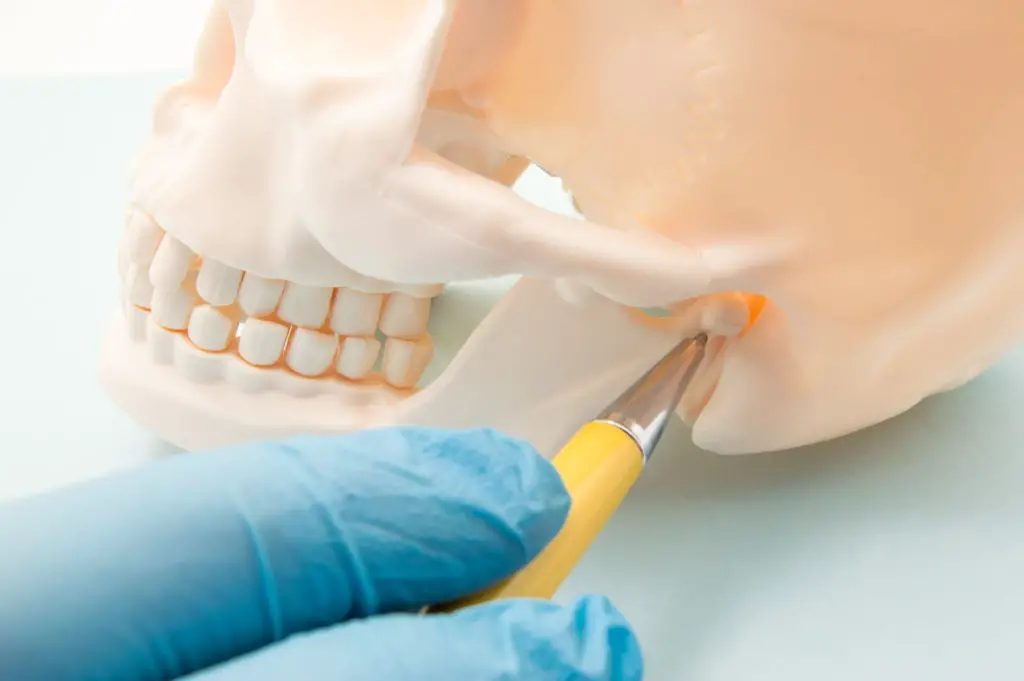
Responding to TMJ Disorder: Treatment Options
As we noted above, the good news in all this is TMJ disorder symptoms are treatable. There are several forms of treatment, and the right approach depends on the underlying causes of your TMJ pain.
Dr. John P. Cunha at Medicinenet writes that one treatment option is a dental splint (or bite guard), which is typically fitted by a jaw specialist and designed to keep the jaw in the right position. Other options include physical therapy, trigger point acupuncture, and Botox (though it is not an FDA-approved treatment). Dr. Cunha also makes it clear that jaw or dental surgery should only be an option in severe cases of TMJ.
Another treatment option is Face Lift Dentistry treatment with Dr. Sam Muslin. Unlike surgery, Dr. Muslin’s approach to TMJ correction is to reposition the jaw in its best and most natural position — without using drilling or fillers.
It’s important to remember that not all TMJ treatment options are created equal. “When it is difficult to talk and eat, most people will try anything to relieve the pain. Things like mouth guards, painkillers, injections, and even surgery. This outdated approach may not address the root cause and can lead to chronic issues,” chiropractor and movement specialist Ryan Silbernick writes. “A more active approach focuses on the patient and their specific problem that is manifesting as TMJ disorder. It focuses not only on the TMJ itself but also on the structures directly related to it.”
The likelihood of those needing TMJ treatment actually seeking out is also decreased because symptoms can come and go. “While it’s good that the pain may seem to self-resolve if the underlying cause of the problem is never addressed, then chances are the symptoms will continue to reappear over time,” the Upper Cervical Care Center in Illinois writes.
There are also ways to temporarily relieve the pain caused by TMJ. Physical therapist Ann Nakagawa notes that those suffering from TMJ can improve symptoms with exercises and stretches, much like any other body part. A few of suggested methods include:
- Jaw Depression. Placing the tip of your tongue on the roof of your mouth, open your mouth as wide as possible without inducing pain or clicking. You can repeat this in sets several times a day.
- Chin Tucks. Bring your chin back slowly until it creates a double chin and your ears are aligned with your shoulders. Hold the position for five seconds.
- Self-massage: Apply firm, circular pressure to either your masseter (the top of your jaw bone) or your temporalis (between your eyes and your ears).
These self-directed exercises may be able to relieve pain for a time, but they should not replace professional treatment options for the long-term.
Images: hikdai/©123RF Stock Photo, endomedion/©123RF Stock Photo, shidlovski/©123RF Stock Photo

